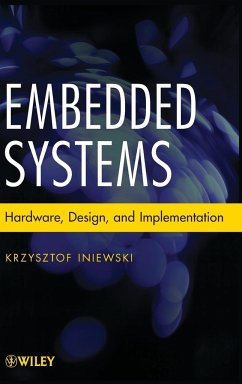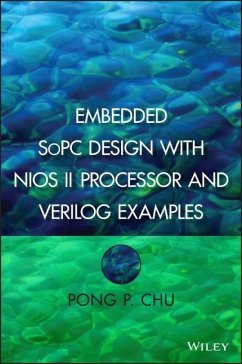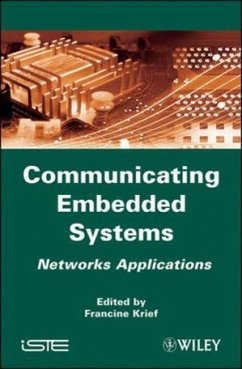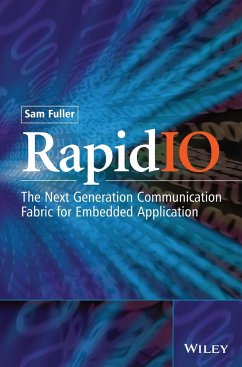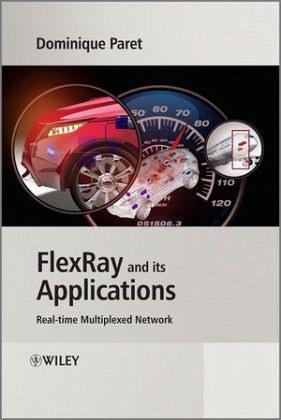
Flexray and Its Applications
Real Time Multiplexed Network
Versandkostenfrei!
Versandfertig in über 4 Wochen
117,99 €
inkl. MwSt.
Weitere Ausgaben:

PAYBACK Punkte
59 °P sammeln!
An authoritative yet highly accessible guide to the design and operation of the FlexRay bus, the latest protocol for automotive network communicationsA translation of the French edition, originally published in January 2011, this work is the result of numerous training courses that Dominique Paret has given in companies, and it provides detailed explanations of the design and operation of the FlexRay bus. Comprised of five parts the book covers: the FlexRay concept and its communication protocol; the FlexRay physical layer; synchronization and global time and; architecture of a node, component...
An authoritative yet highly accessible guide to the design and operation of the FlexRay bus, the latest protocol for automotive network communications
A translation of the French edition, originally published in January 2011, this work is the result of numerous training courses that Dominique Paret has given in companies, and it provides detailed explanations of the design and operation of the FlexRay bus. Comprised of five parts the book covers: the FlexRay concept and its communication protocol; the FlexRay physical layer; synchronization and global time and; architecture of a node, components and development aid tools for hardware and software.
Provides comprehensive treatment of the FlexRay network, including its implementation through a real automotive application
Includes the latest specifications (Version 3) concluded by the FlexRay consortium widely expected to become the industry standard
Written by an author with in-depth experience of automotive electronics, including FlexRay, and presenter of specialist training courses to the industry
Includes a review of industrial tools to help design and implement a FlexRay based distributor application
A translation of the French edition, originally published in January 2011, this work is the result of numerous training courses that Dominique Paret has given in companies, and it provides detailed explanations of the design and operation of the FlexRay bus. Comprised of five parts the book covers: the FlexRay concept and its communication protocol; the FlexRay physical layer; synchronization and global time and; architecture of a node, components and development aid tools for hardware and software.
Provides comprehensive treatment of the FlexRay network, including its implementation through a real automotive application
Includes the latest specifications (Version 3) concluded by the FlexRay consortium widely expected to become the industry standard
Written by an author with in-depth experience of automotive electronics, including FlexRay, and presenter of specialist training courses to the industry
Includes a review of industrial tools to help design and implement a FlexRay based distributor application




